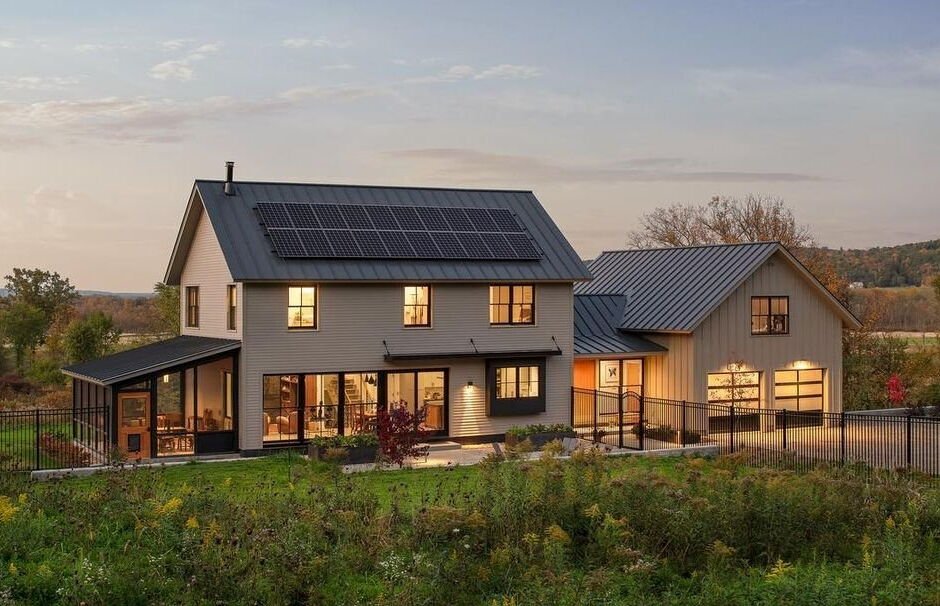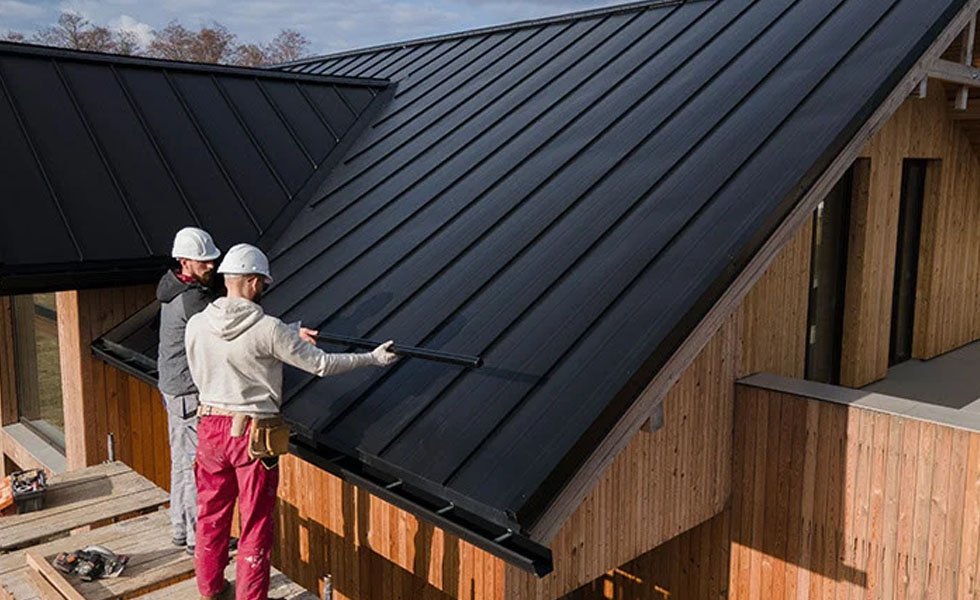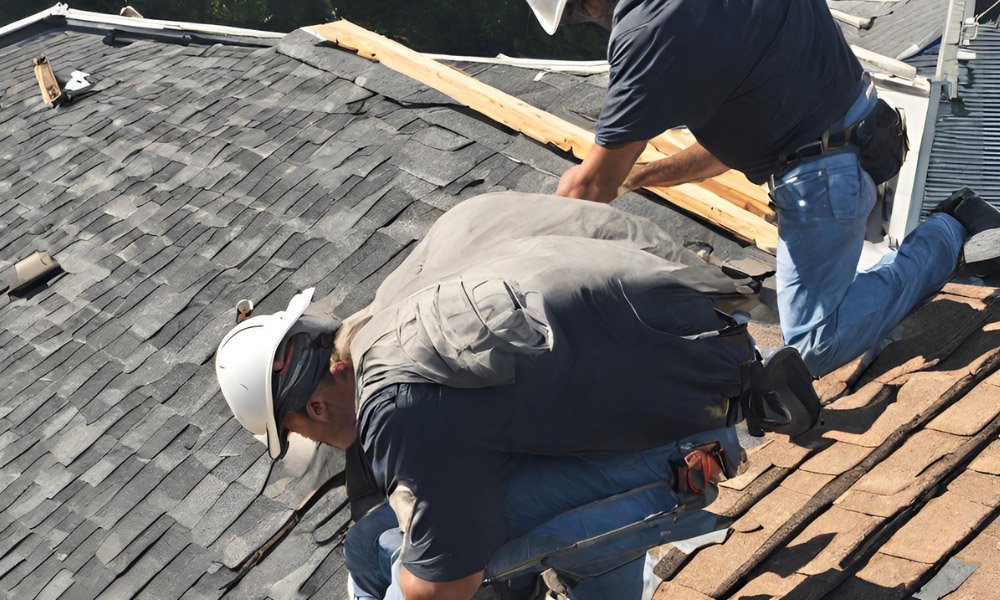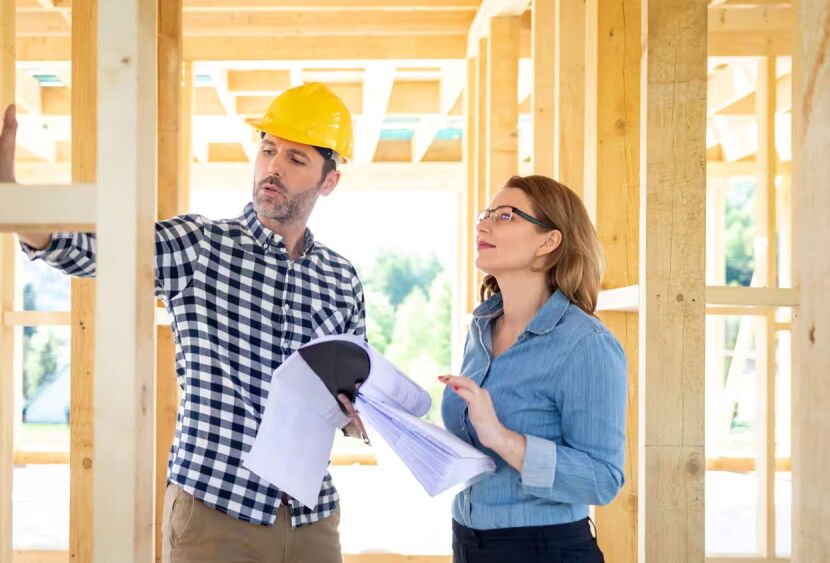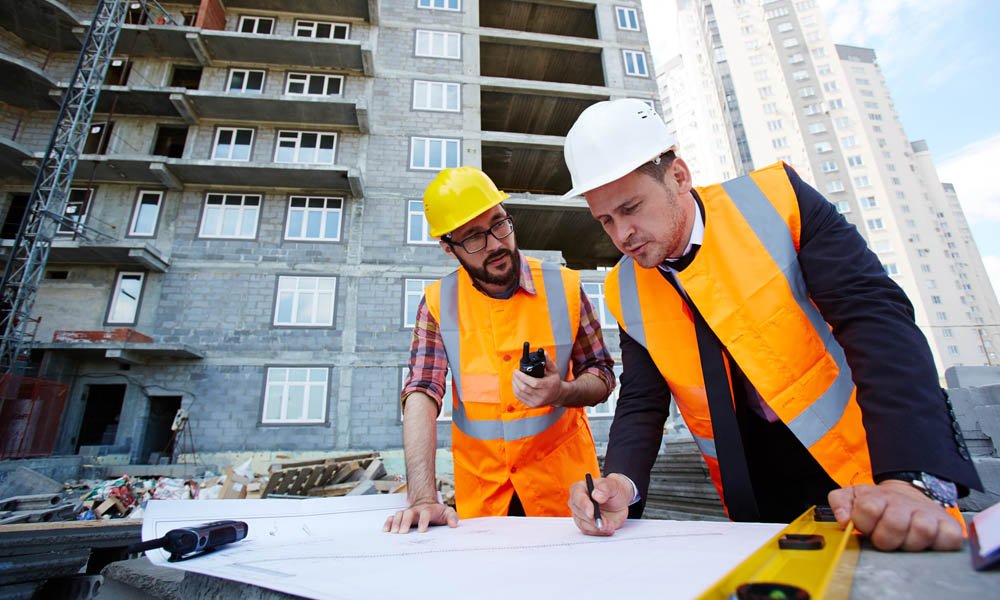The Rise of Carbon-Neutral Homes
As climate change becomes an urgent global issue, the call for sustainable construction practices has never been louder. Carbon-neutral homes, defined as structures that achieve a net-zero carbon footprint, are gaining traction among builders and homeowners alike. This shift is not just a response to regulatory requirements but also to a growing consumer demand for eco-friendly living spaces. Builders have a pivotal role in this transition, impacting everything from material selection to energy efficiency in homes.
Defining Carbon Neutrality in Construction
Carbon neutrality in homes is achieved when the total greenhouse gas emissions produced during the home’s lifecycle are equal to the amount offset by renewable energy generation or other mitigation strategies. This concept requires builders to rethink traditional construction methods, integrating innovative designs and materials that minimize carbon output and promote sustainability. Understanding carbon neutrality is essential for builders who wish to lead in the construction industry and appeal to environmentally-conscious clients.
Strategic Planning for Sustainability
Effective planning is crucial in achieving carbon-neutral goals. Builders can use advanced estimation tools and methodologies to predict materials and energy demands accurately. This foresight helps prevent waste and optimize the use of resources, lowering the carbon footprint associated with unnecessary transportation or over-production of materials. Builders should also ensure that renewable energy sources, such as solar panels, are integrated into their designs from the outset, allowing for smoother installations and better energy management.
Choosing Sustainable Materials
The materials selected for construction significantly affect a home’s carbon footprint. High-embodied energy materials like traditional concrete and steel contribute substantially to greenhouse gas emissions. Builders should explore alternatives, such as recycled materials, sustainably sourced timber, and innovative composites. Utilizing local materials not only minimizes transportation emissions but supports local economies. Additionally, engaging with novel materials, like hempcrete and mycelium, can further advance a project’s sustainability profile.
Incorporating Energy-Efficient Designs
Energy efficiency is foundational to reducing operational carbon footprints in homes. Builders can implement various design strategies that focus on minimizing energy consumption. Passive design, which involves positioning the home to take advantage of natural light and ventilation, can significantly reduce the need for artificial heating and cooling. Advanced insulation materials and well-constructed windows and doors can further enhance energy efficiency. Builders should leverage tools that assist in calculating the optimal amount of insulation and glazing needed for each project.
Renewable Energy Integration
Integrating renewable energy sources is a crucial step towards achieving carbon neutrality. Builders can install solar panels, wind turbines, and geothermal heating systems to provide clean energy to the home. These installations should be aesthetically integrated within the design to enhance property value. Additionally, incorporating energy storage solutions like battery systems can ensure that the generated energy is available even during low production periods, paving the way for energy-independent living and increased satisfaction among homeowners.
Managing and Minimizing Construction Waste
Construction waste is a significant contributor to landfills, producing methane emissions and depleting resources. Builders can adopt waste management strategies that emphasize recycling and repurposing materials on site. By accurately forecasting material needs with construction estimation software, builders can reduce excess waste from over-ordering. Additionally, leftover materials can be saved for future projects, further supporting the principles of sustainability and waste reduction in construction.
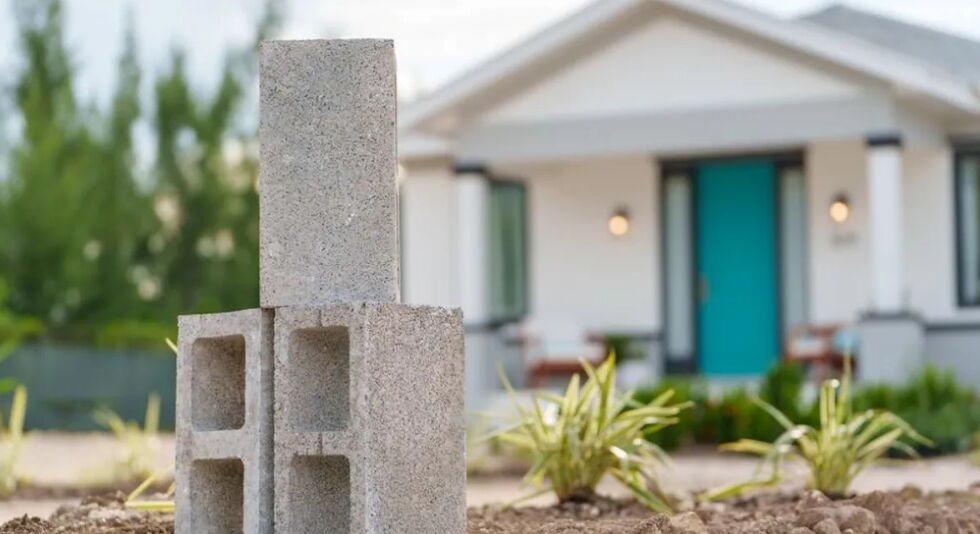
Engaging Homeowners in Carbon Neutrality
Builders also have a responsibility to educate homeowners about the benefits of investing in carbon-neutral homes. Transparency regarding the steps taken to achieve carbon neutrality can build trust and enhance the builder’s reputation. By showcasing the long-term financial benefits—such as reduced energy costs—and the positive environmental impact of these homes, builders can foster a mindset that prioritizes sustainability among clients, promoting a broader acceptance of eco-friendly living.
FAQ
What is a carbon-neutral home?
A carbon-neutral home is designed to have a net-zero carbon footprint, meaning the carbon emissions produced during its construction and operation are offset by renewable energy sources or other mitigating strategies.
How can builders contribute to carbon neutrality?
Builders can contribute by using sustainable materials, implementing energy-efficient designs, integrating renewable energy systems, and managing construction waste effectively.
Why are sustainable materials important?
Sustainable materials typically have lower embodied energy and reduced environmental impact, contributing to a lower carbon footprint for the home.
What role does energy efficiency play in carbon neutrality?
Energy efficiency minimizes the operational carbon footprint of a home, reducing the energy needed for heating, cooling, and electricity.
How can homeowners benefit from carbon-neutral homes?
Homeowners can enjoy reduced energy bills, a healthier living environment, and the satisfaction of contributing positively to the planet.
What is the future of carbon-neutral construction?
The future of carbon-neutral construction is bright, with growing global initiatives promoting sustainable practices. Builders who adapt early will be well-positioned to meet market demands.


